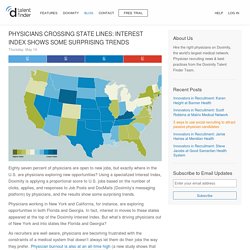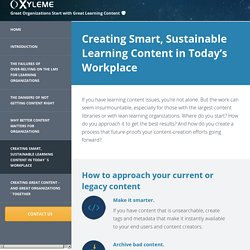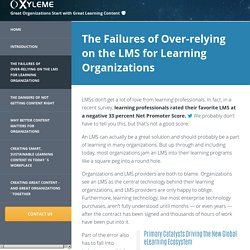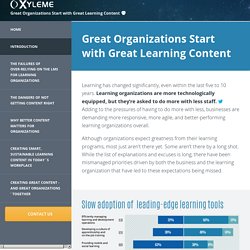

Health-eCareers-2015-Salary-Guide. 672.pdf. Physicians crossing state lines: Interest Index shows some surprising trends. Eighty seven percent of physicians are open to new jobs, but exactly where in the U.S. are physicians exploring new opportunities?

Using a specialized Interest Index, Doximity is applying a proportional score to U.S. jobs based on the number of clicks, applies, and responses to Job Posts and DocMails (Doximity’s messaging platform) by physicians, and the results show some surprising trends. Physicians working in New York and California, for instance, are exploring opportunities in both Florida and Georgia.
In fact, interest in moves to these states appeared at the top of the Doximity Interest Index. But what’s driving physicians out of New York and into states like Florida and Georgia? As recruiters are well aware, physicians are becoming frustrated with the constraints of a medical system that doesn’t always let them do their jobs the way they prefer. When we ask doctors about the reasons why they're leaving [New York], one is opportunities, but another is proximity to family. 4_Ways_To_Make_Placements_More_Quickly_v6.pdf. 10-Must-Ask-Qs-For-Staffing-and-Recruiting.pdf. To achieve our highest potential in life. RecruitingTrends2015-DOWNLOAD.pdf. Csod-wp-ge-3as-onboarding.pdf. Csod-wp-ge-3as-onboarding.pdf. Highlights from the Doximity Meeting. Creating smart, sustainable learning content in today s workplace. If you have learning content issues, you’re not alone.

But the work can seem insurmountable, especially for those with the largest content libraries or with lean learning organizations. Where do you start? How do you approach it to get the best results? And how do you create a process that future-proofs your content-creation efforts going forward? How to create content today that’s ready for tomorrow Think smaller, shorter, and reusable. The failures of over-relying on the lms for learning organizations. LMSs don’t get a lot of love from learning professionals.

In fact, in a recent survey, learning professionals rated their favorite LMS at a negative 33 percent Net Promoter Score. We probably don’t have to tell you this, but that’s not a good score. An LMS can actually be a great solution and should probably be a part of learning in many organizations. But up through and including today, most organizations jam an LMS into their learning programs like a square peg into a round hole. Organizations and LMS providers are both to blame. Part of the error also has to fall into industry groupthink about the centrality of the LMS — even as everyone preaches the 70-20-10 doctrine (70 percent of learning is informal, 20 percent is experiential or on-the-job, and 10 percent is formal online or classroom-based courses). We know this sounds harsh, but organizations and LMS providers have both pushed LMS technology into areas it was never intended to cover.
Introduction. Learning has changed significantly, even within the last five to 10 years.

Learning organizations are more technologically equipped, but they’re asked to do more with less staff. Adding to the pressures of having to do more with less, businesses are demanding more responsive, more agile, and better-performing learning organizations overall. Although organizations expect greatness from their learning programs, most just aren’t there yet. Some aren’t there by a long shot. While the list of explanations and excuses is long, there have been mismanaged priorities driven by both the business and the learning organization that have led to these expectations being missed. That 60 percent divide between prioritization and the reality of today’s learning programs isn’t going away anytime soon. Not Allowed - Bad Crawler. Jeff Goldsmith: Physicians and CEOs must work together.
John Gray's popular advice book of 1992, Men Are from Mars, Women Are from Venus, portrays the sexes as hailing from different planets.

However difficult it is for men and women to communicate, at least they are of the same species. I'm not sure the same can be said for physicians and health care executives. I have believed for years that health care management programs have underprepared their graduates for the complexities of even understanding, let alone managing, medical professionals. Previous generations of health care executives were conditioned by their elders and their training to view the physician as a special kind of "occupational hazard. " Some older health care executives fantasized that if you could simply dispense with physicians altogether, the hospital would run much more smoothly. The Physician Mindset. Physicians Under Pressure To Sell Practices: How to Remain Independent. By Dr.

Fred Davis In order to maintain their autonomy, independent physicians must look to new and innovative practice models that allow them to adapt to shifting market dynamics in the health care sector. As the continued implementation of the Affordable Care Act sends ripples through the health care marketplace, a recent survey of dozens of independent physicians indicates that many doctors are nervously eyeing the landscape, unsure of their future. According to the 2015 Independent Physician Outlook & Sentiment Survey, conducted by ProCare Systems, a Michigan-based consultancy that advises independent physician groups across the country, 44 percent of surveyed physicians say they anticipate being forced to sell their practices to a larger player at some point in the future.
A full 73 percent of respondents, though, would prefer not to sell — a clear indication that doctors are feeling pressured. Dr. There is also something to be said for the advantages that independence provides. RecruitingTrends2015-DOWNLOAD.pdf. The Evolution from wRVUs to Incentivized Compensation. Recruiting Outline Copy 3. Recruiting Outline Copy. Recruiting Outline Copy. Top-5-KPIs-for-Staffing-Recruiting-Companies.pdf.